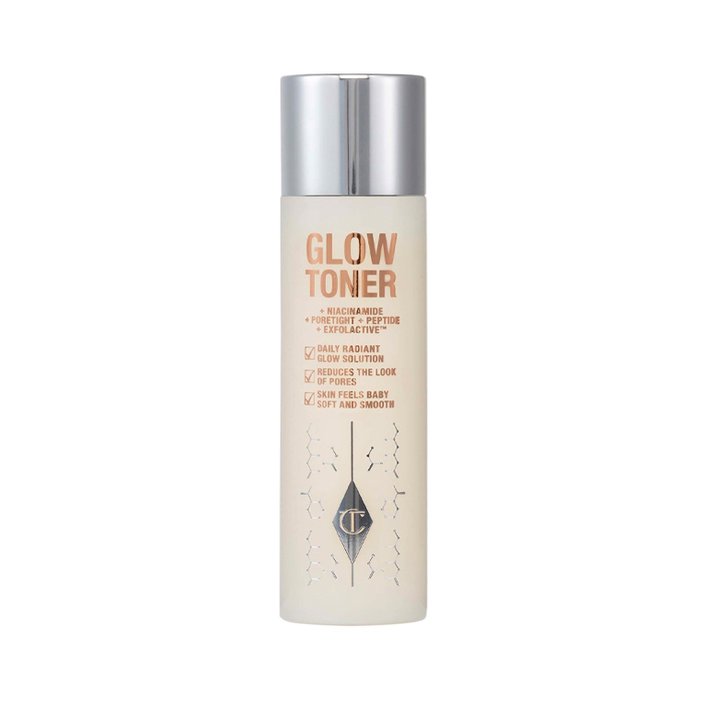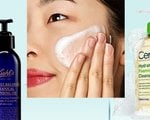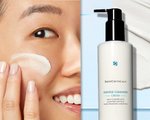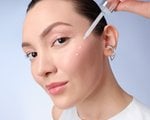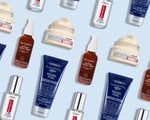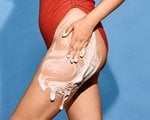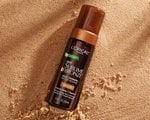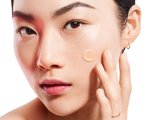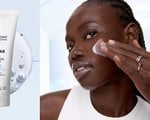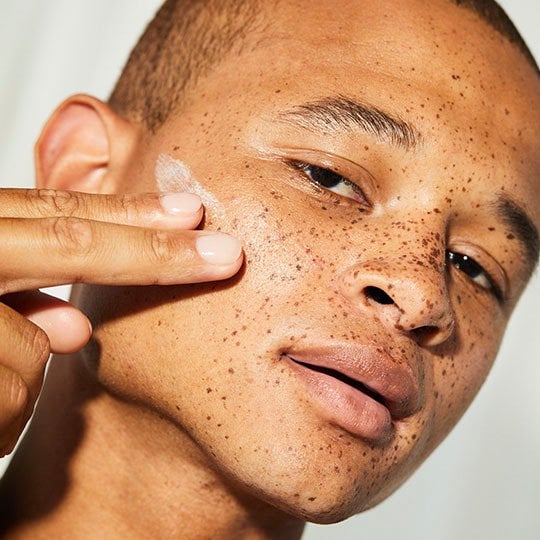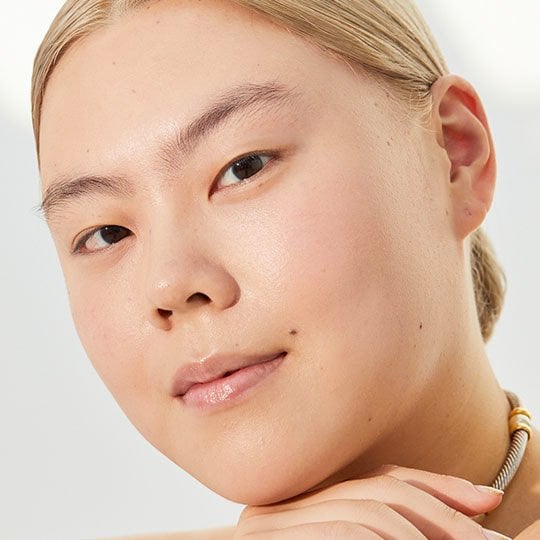Keratosis Pilaris: Everything You Need to Know About the Bumps On Your Arms
September 14, 2023
What Is Keratosis Pilaris?
According to the Mayo Clinic, keratosis pilaris or “chicken skin” is a skin condition that results in dry, rough patches and tiny bumps on the upper arms, thighs, cheeks and buttocks — which are sometimes mistaken for small pimples. “It appears as dry, rough skin bumps that can become red or inflamed,” says board-certified dermatologist Dr. Hadley King. The texture and appearance of keratosis pilaris have evoked comparisons to chicken skin, due to the small, scaly bumps that appear on people’s arms and thighs. While all of the above may sound like it would be uncomfortable, in most cases, these bumps don’t hurt or itch.
KP can appear at any age, but according to the Mayo Clinic, it’s more common in young children. To determine whether or not you have KP, all it takes is a trip to the dermatologist. According to the American Academy of Dermatology (AAD), there isn’t a fancy test required, but rather just a close examination of the skin by a skin expert, such as a dermatologist.
What Causes Keratosis Pilaris?
According to the Mayo Clinic, keratosis pilaris can be caused by the buildup of keratin, a hard protein that protects the skin. The keratin forms a plug that blocks the opening of the hair follicle. Typically, quite a few plugs will form, which is the reason you’ll experience patches of rough skin, instead of singular bumps.
While no one knows exactly why keratin builds up in this way, Skincare.com consultant and board-certified dermatologist Dr. William Kwan, founder of Kwan Dermatology, reveals that KP is a genetic skin condition that is inherited as a dominant gene, just like dark hair. It can also occur in conjunction with other skin conditions, or be exacerbated by dry skin. Keratosis pilaris “happens most commonly in patients with eczema-prone skin who are more likely to get a small plug, possibly of built-up skin cells, in the hair follicle,” says dermatologist Dr. Jocelyn Gandelman.
As mentioned above, KP is very common and can affect anyone. However, “it is more common in children and in patients with eczema or sensitive skin,” says Dr. Gandelman. “It can be occasionally associated with other skin conditions such as ichthyosis, a condition with abnormally scaly skin.”
Where Does Keratosis Pilaris Typically Appear?
Keratosis pilaris “most commonly affects the skin of the upper outer arms, anterior thighs, cheeks and, rarely, the lower legs,” says Dr. King. That doesn’t mean it can’t occur in other areas of the body, though. “It is rare, but it can occur on other parts of the body such as the chest and back as well,” notes Dr. Gandelman. “If this happens, it is best to see a dermatologist to confirm the diagnosis.”
How to Get Rid of Keratosis Pilaris
Once a board-certified dermatologist determines whether you have KP, you can try to find ways to help manage it. “It can be difficult to fully treat keratosis pilaris and improvement usually goes away once you stop treating, so continuing the treatment is needed if you want to keep the bumps away,” Dr. Gandelman explains. However, if you’re willing to be consistent, there are a myriad of ways to help reduce the appearance of bumps on your skin’s surface. Ahead, we’re breaking down some of the steps you can take to try to minimize the appearance of your KP.
“The most important thing to know is [keratosis pilaris] is not harmful and it is very common, so I will encourage my patients if they aren't bothered by it to just moisturize daily,” says Dr. Gandelman.
Moisturize Regularly
Because KP is related to dry skin, Dr. Kwan recommends moisturizing regularly to help hydrate the skin and make bumps appear more smooth. Look for a moisturizer formulated with lanolin, petroleum jelly, or glycerin and apply while skin is moist from bathing to help trap more moisture on skin’s surface. We recommend the La Roche-Posay Lipikar Body Lotion for Normal to Dry Skin, which nourishes the skin with glycerin and shea butter.
Instead of moisturizing just once a day, try making time to hydrate your skin two to three times every day.
Use Medicated Creams to Exfoliate
In addition to a regular moisturizer, you can use medicated creams — either something prescribed by your dermatologist or available over the counter — to help address your keratosis pilaris. The Mayo Clinic separates these creams into two categories, those that help remove dead skin cells from skin’s surface and those that help prevent plugged follicles. The former are creams formulated with AHAs, salicylic acid, or urea, while the latter are creams that are derived from vitamin A — i.e. topical retinoids.
“Using a keratolytic, which is a type of topical that gently exfoliates the skin, can be helpful,” says Dr. Gandelman. “It is important to pick only one keratolytic at a time, start slowly and stop if irritating.”
Bathe in Lukewarm Water
“Gentle skincare, taking short showers or baths with lukewarm water and using a small amount of gentle soap only to dirty areas and not the full body can be helpful,” says Dr. Gandelman. Steaming showers and scalding baths won’t do KP any favors. Hot water can actually dry skin out further. To avoid that, shorten your bath time and use water that’s lukewarm.
Avoid Manual Exfoliation
Dr. Kwan usually cautions against manual exfoliation for his patients with keratosis pilaris, as it can irritate the skin. Forms of manual exfoliation include body scrubs and rough washcloths or sponges. Instead, opt for a gentle chemical exfoliant once a week, such as the CeraVe SA Body Wash for Rough & Bumpy Skin.
Choose Gentle Cleansers
Harsh soaps can zap natural oils that your skin needs, making it all the more important to choose body washes and soaps formulated for sensitive or dry skin, such as the CeraVe Soothing Body Wash.
Use a Humidifier
Low humidity is another culprit that can cause dry skin. The Mayo Clinic encourages using a humidifier in your home to add moisture into the air.
Don’t Wear Overly Tight Clothing
You may not have guessed your fashion choices could impact your skin condition, but as it turns out, they can. Clothing that’s too tight can cause friction that can aggravate keratosis pilaris.
Avoid Intensely Fragranced Products
“Patients with keratosis pilaris in general have sensitive skin, so I recommend avoiding harsh scented products or any products you notice are irritating your skin,” says Dr. Gandelman.
See a Dermatologist
We strongly recommend seeing a board-certified dermatologist to get an official diagnosis before attempting any treatment methods. “It can be helpful to see a dermatologist for prescription strength treatments and to confirm the diagnosis,” says Dr. Gandelman. “They may prescribe a topical corticosteroid (for sparing, short-term use) or topical retinoid to further help.”
How to Prevent Keratosis Pilaris
According to Dr. Gandelman, keratosis pilaris is not necessarily preventable. “Usually it is caused by a genetic predisposition to this type of hair follicle plugging, but keeping your skin well moisturized with a gentle moisturizer can be helpful,” she says. Dr. King adds that regular exfoliation can also help improve the texture and appearance of your skin if you are genetically predisposed to keratosis pilaris.
The Best Skincare Products for Keratosis Pilaris
CeraVe SA Body Wash for Rough & Bumpy Skin
The CeraVe SA Body Wash for Rough & Bumpy Skin is a salicylic-acid-infused body cleanser that gently exfoliates to reveal smoother skin over time without causing irritation. Exfoliating salicylic acid is balanced with ceramides, hyaluronic acid and niacinamide to soothe the skin and help support the skin’s natural moisture barrier for hydrated, healthy skin.
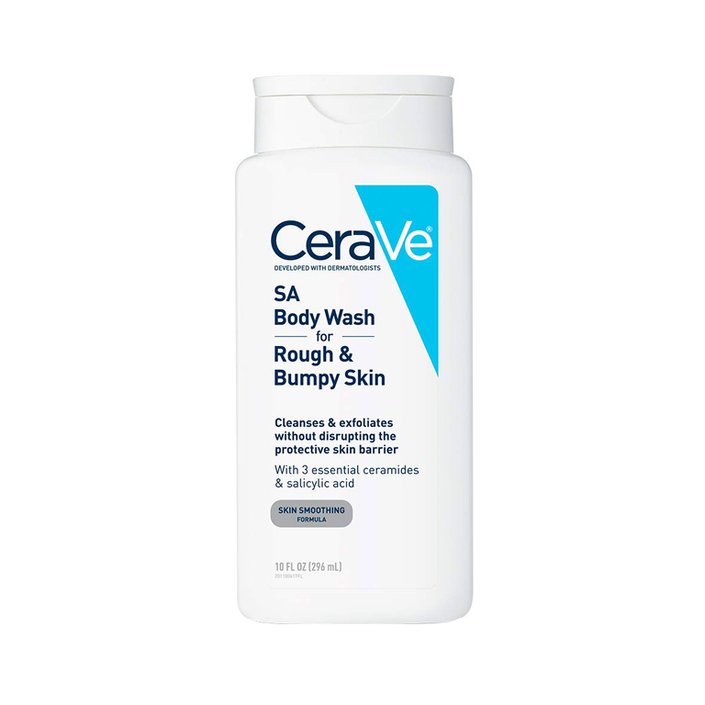
La Roche-Posay Lipikar Body Lotion for Normal to Dry Skin
As Dr. King, Dr. Kwan and Dr. Gandelman all attested, regularly moisturizing is one of the most effective ways to address and improve the effects of keratosis pilaris. Introduce the La Roche-Posay Lipikar Body Lotion for Normal to Dry Skin into your skincare routine for your softest, most hydrated skin. Formulated with shea butter and glycerin, this moisturizer helps replenish your skin’s lipids and deliver lasting moisture.
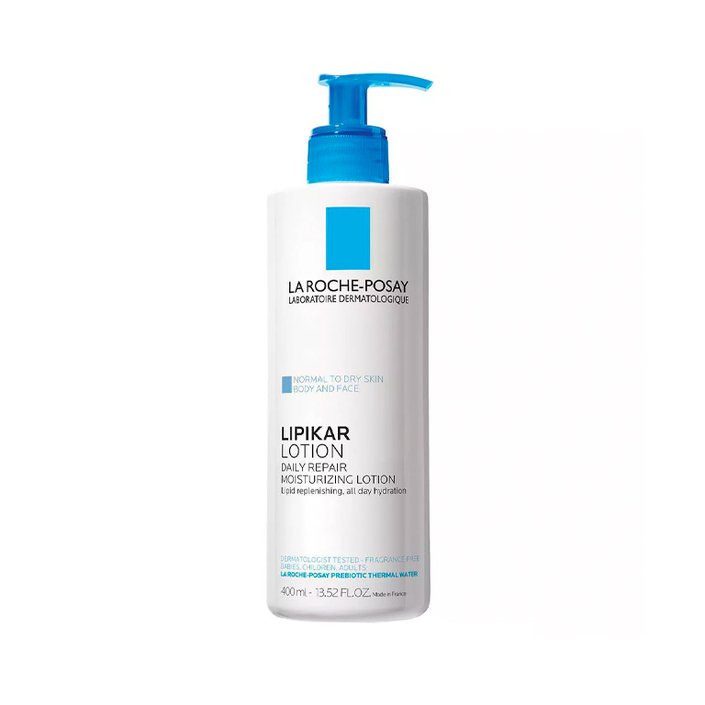
Kiehl’s Creme de Corps Body Lotion With Cocoa Butter
Another body lotion we love is the Kiehl’s Creme de Corps Body Lotion With Cocoa Butter. Infused with cocoa butter, shea butter and squalane, this indulgent body lotion leaves skin feeling soft and supple. You’ll love how creamy and rich the texture is — without leaving behind any greasy residue on your skin.
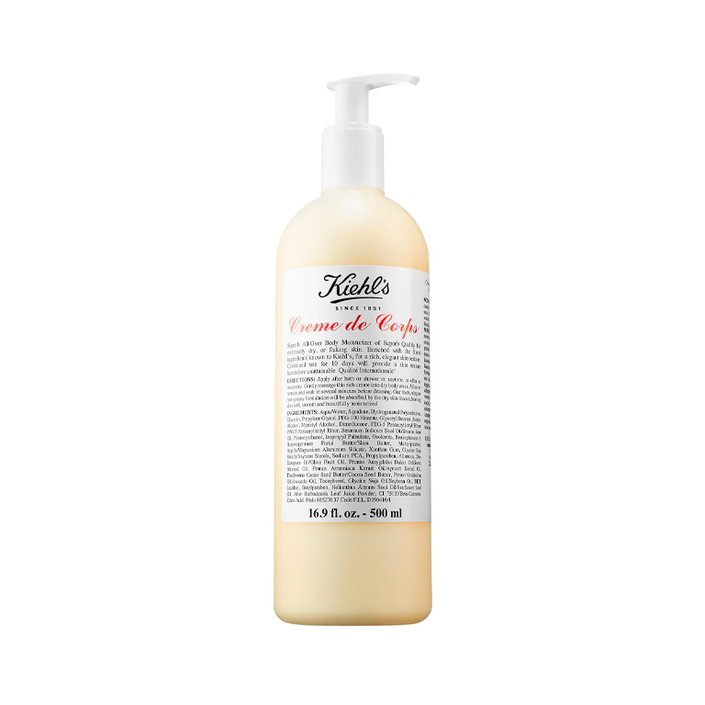
CeraVe Soothing Body Wash
While consistent exfoliation is important for addressing keratosis pilaris, you probably won’t be using an exfoliating body wash every time you bathe. For your everyday body cleanser, try the CeraVe Soothing Body Wash. Designed for very dry skin, this hyaluronic-acid-enriched body wash cleanses and soothes your skin.

Charlotte Tilbury Glow Toner
Looking for an exfoliating toner? Dr. King recommends the Charlotte Tilbury Glow Toner. “Unlike most exfoliating toners, it's acid-free, depending instead on extracts from prickly pear and red clover flowers, and the biomimetic peptide, royalepigen P5, which supports skin cell turnover,” she says. “It also contains glycerin and sodium hyaluronate to hydrate, shea butter to support the skin barrier and niacinamide to improve tone and texture.” This product is designed for use on the face, but Dr. King says you can also apply it on your body — just don’t forget to follow it up with a moisturizer.
